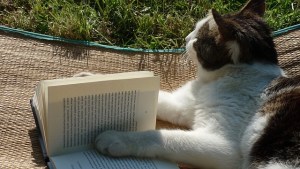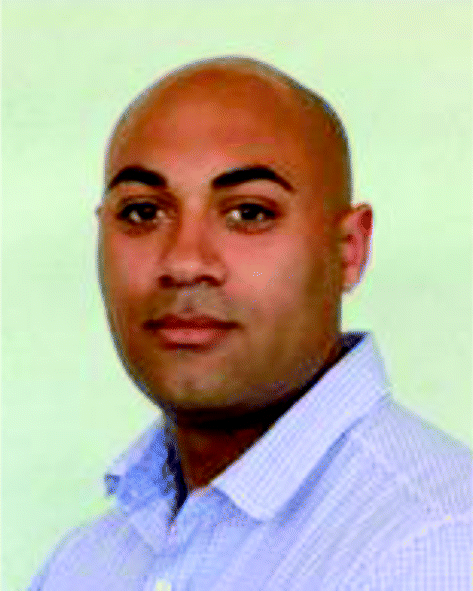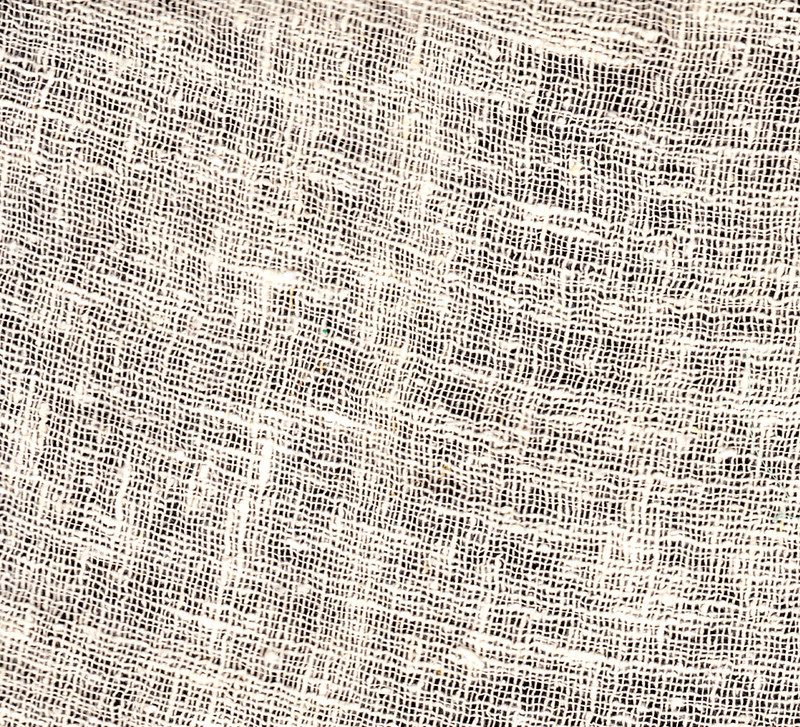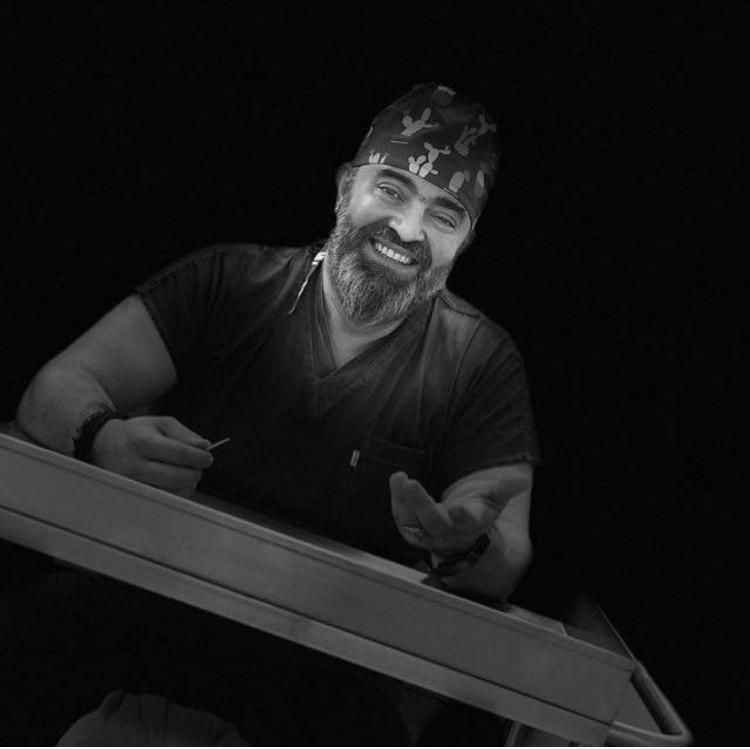
Facing a social media storm, a biology journal has temporarily removed a paper arguing that the proliferation of feral cats around university campuses in China is directly related to the proportion of female students — who evidently are more welcoming than men of the wild felines.
The article, “Where there are girls, there are cats,” appeared in Biological Conservation, launching a withering Tweet storm with, at last count, more than 275 replies. The comments ranged from incredulous to outraged, with at least one user noting that the paper was submitted, revised and accepted within a period of about 10 days.
Continue reading A paper on cats and female students uses up one of its nine lives






